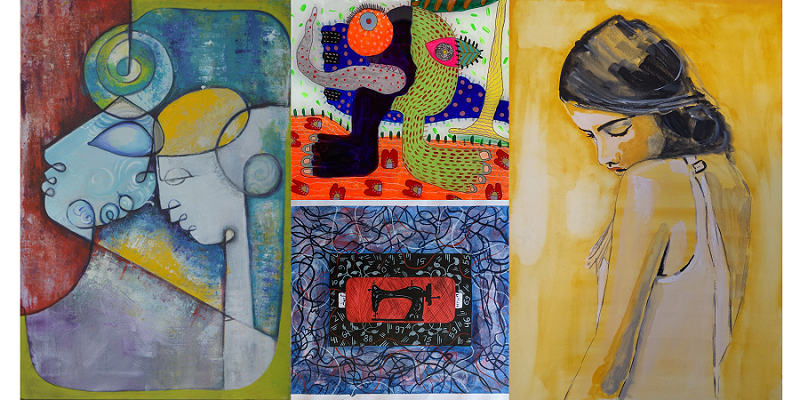The first step in painting is to select the materials you’ll use. For a beginner, it’s a good idea to have a wide selection of colours and brushes, as varying textures allow more control over mark-making. The canvas and medium you use for your painting will also be important. Oil paints tend to be permanent and fast-drying, but there are some alternatives available. Water-soluble oils are another good alternative, as they can be thinned with water.
While there are several types of canvas, the most popular is a primed canvas. It has a smoother surface than paper, making it a more durable and affordable choice. However, linen can also be expensive, so consider the longevity of the painting before choosing the surface. Also, some paints cannot be used on smooth linen. For example, you should use priming before applying oil-based paints to a linen canvas.
Tone is another important aspect of painting. High-blue hues are cooler than high-red or yellow hues. This difference in temperature is often reflected in the range of colours in a design. For instance, green will appear cool if it’s surrounded by intense yellow, but warm if it’s surrounded by blue-green. Asian and European painters have taken advantage of this optical tendency.
The design of a painting is the visual format in which the various visual elements are placed on the canvas. This formal arrangement lends a painting great presence. The colours and placement of the principal images are usually determined by symbolic or representational considerations. In addition, the interplay of colours and shapes can create optical sensations in the viewer. The combination of shapes and colours also gives a painting a sense of movement and space.
Painting can be a complex process. There are many styles and materials used in this art form. The simplest is encaustic painting, which involves adding colored pigments to a liquid medium. Other types may include linseed oil or damar resin. Using metal tools to manipulate the paint is also common in this type of art.
Acrylic paint is another popular choice for beginner artists. It is similar to oils, but is very affordable. Acrylic paints are durable and can be diluted with water. This makes acrylic paint an ideal choice for beginners. Acrylic paint has been around for about forty years and is a good choice for landscape painting. Unlike oil paint, acrylic paint can also be used for other purposes.
Impressionism is another style of painting. The purpose of impressionist paintings is to portray the way humans see light. These paintings often have a realistic appearance, and many famous paintings are created in this style. Although many people associate realism with art, the two are not the same. You should understand the difference between these styles to make an informed decision.
You can learn a variety of techniques for painting, but if you’re not sure where to start, consider learning to draw first. Drawing is the foundation of any painter’s oeuvre, so it’s crucial to master the basics of drawing. A good method is to begin with pencil and paper and then transfer your work to canvas.












